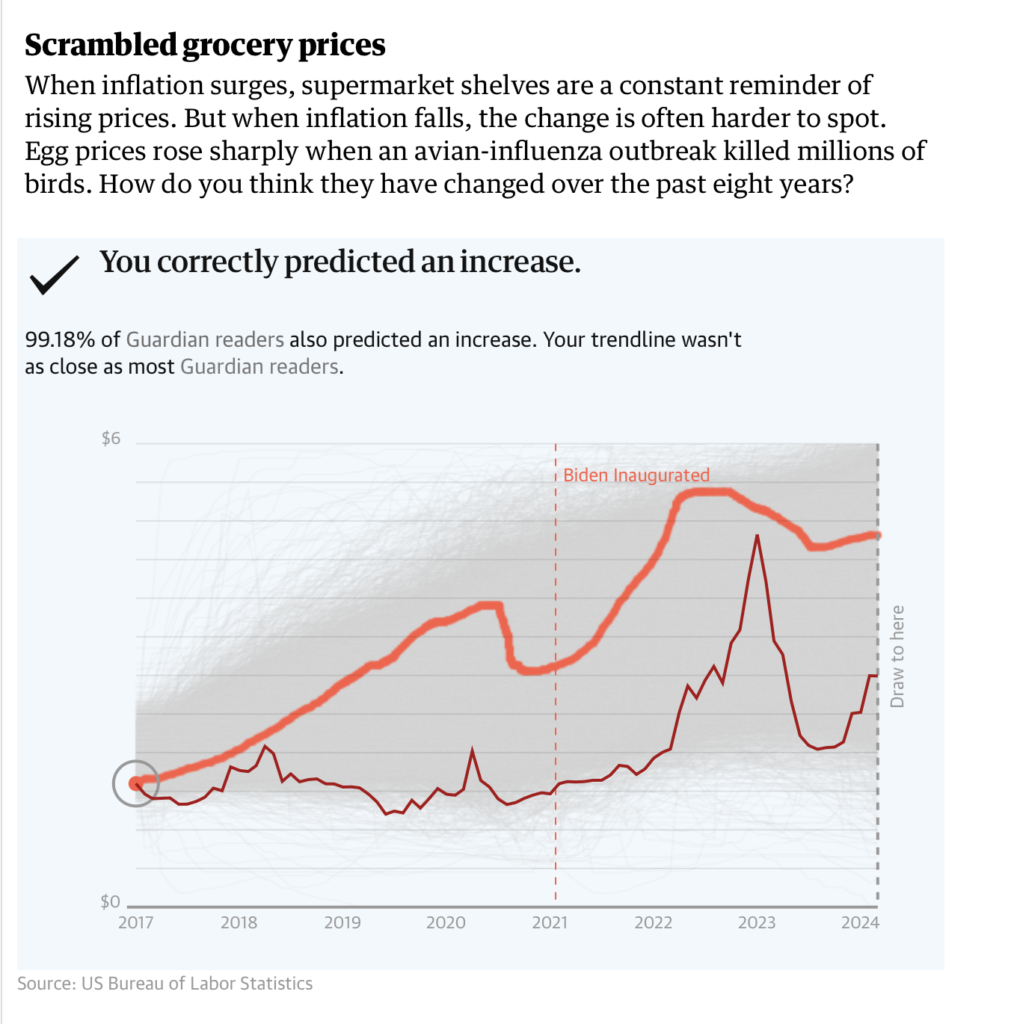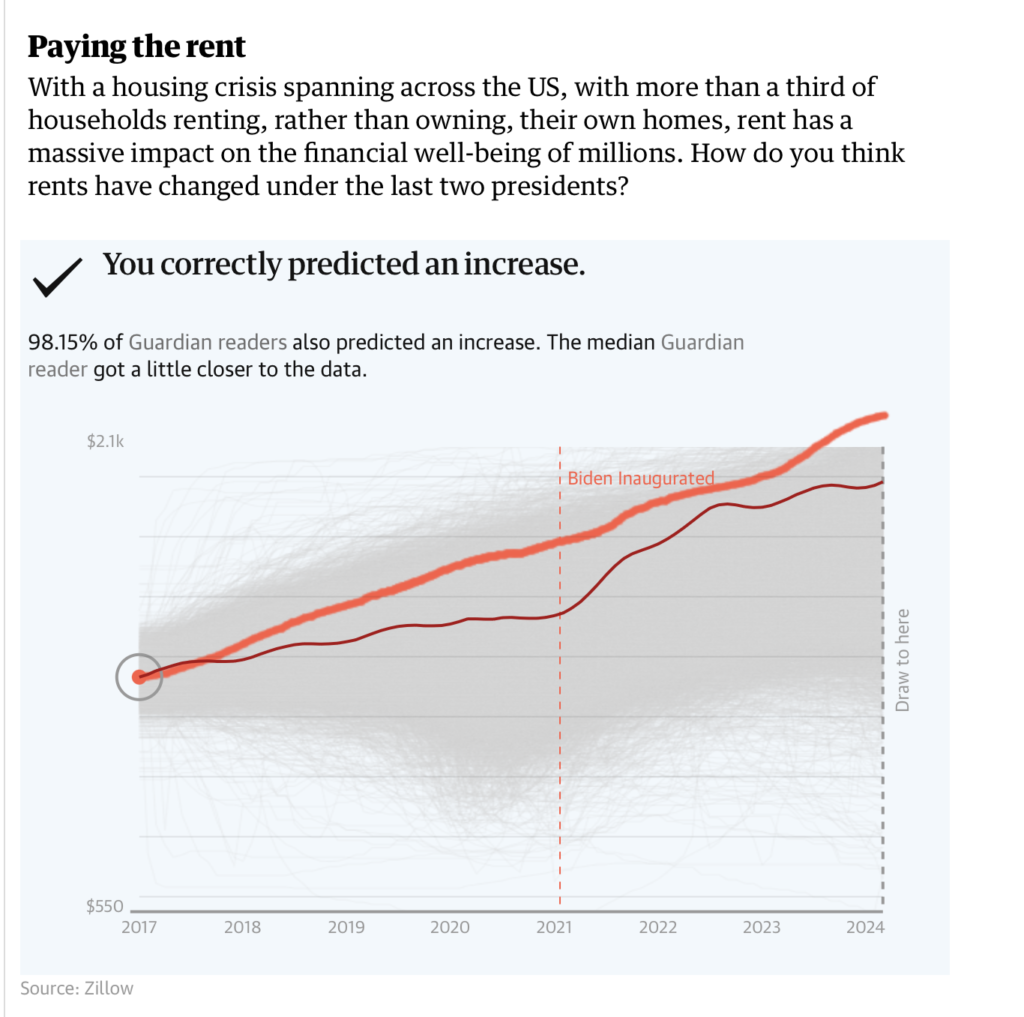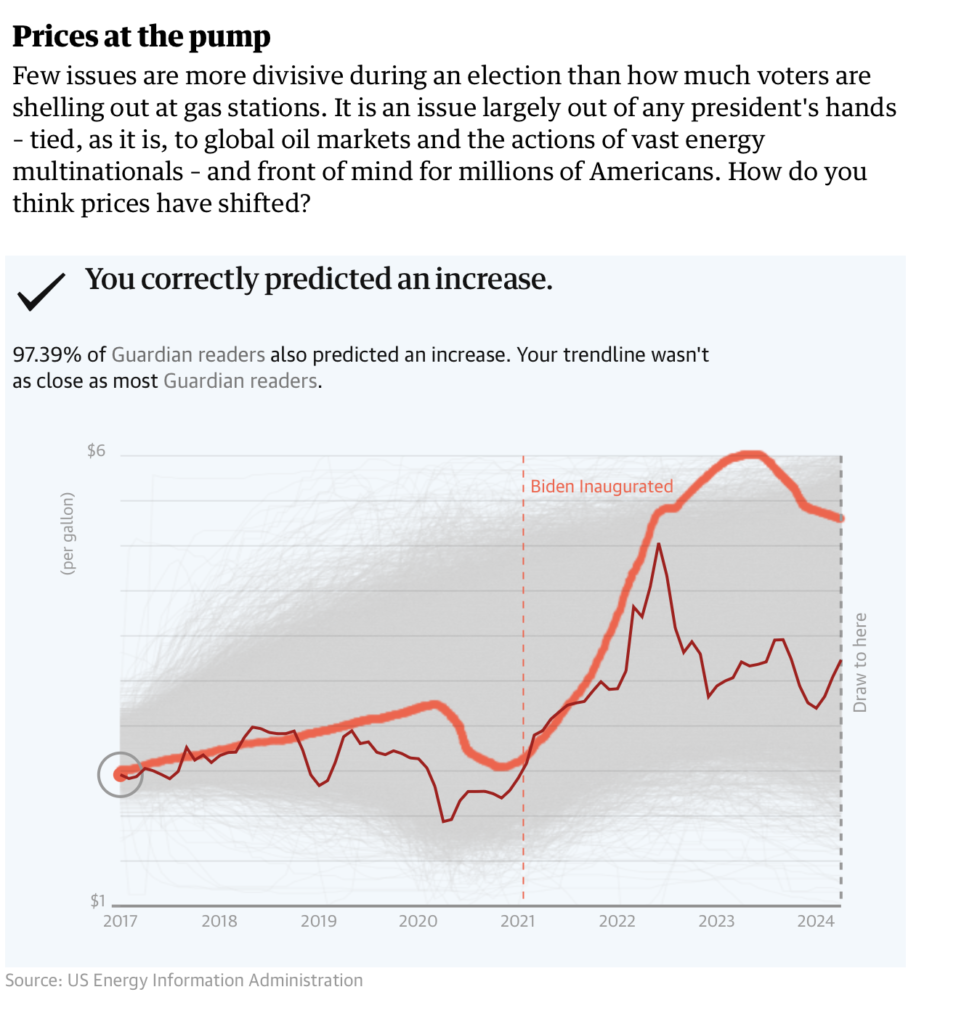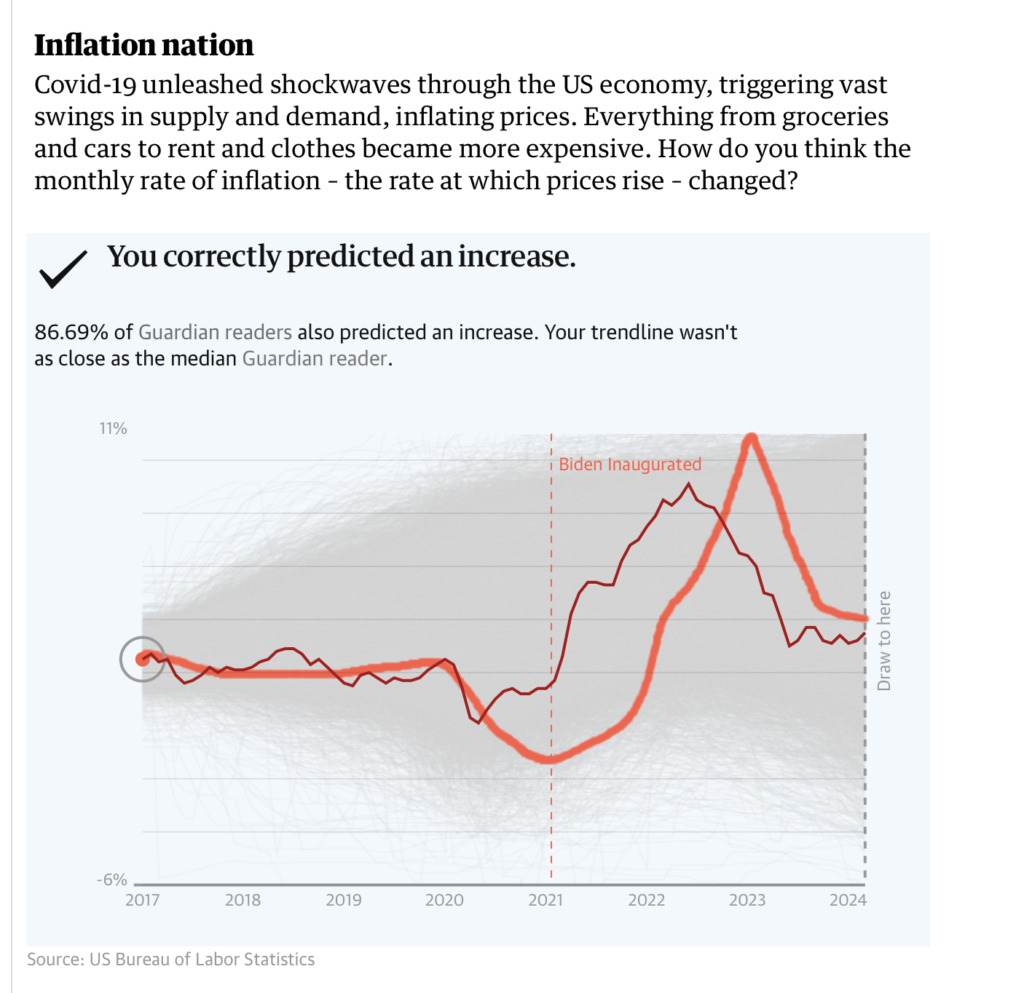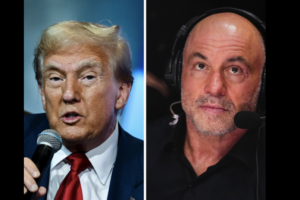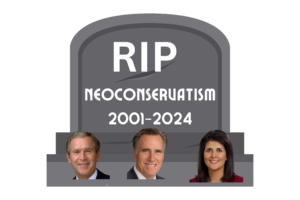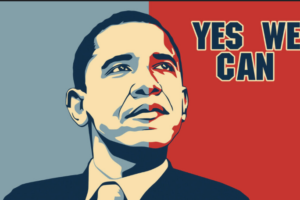Intro
The incumbent Democratic president’s approval rating is under 40%. The polls all show the Republican challenger ahead. Foreign policy is a key issue. The economy isn’t in recession, but many people are concerned and dissatisfied with it. The president is an unpopular moderate facing significant opposition from the left flank of his party. The Republican challenger is no stranger to the political arena, exerting massive influence in previous cycles. There is a strong third-party presence. The country stands on a precipice, and this election appears to be the most important election in living memory…
These statements describe America in 2024, four months from election day. They also describe the US when Harry Truman won reelection in 1948 and when Ronald Reagan defeated Jimmy Carter in 1980. Both these elections had similar conditions, yet they couldn’t have ended more differently:
Source: 270toWin Historical U.S. Presidential Elections 1789-2020
Source: 270toWin Historical U.S. Presidential Elections 1789-2020
Why did Truman win and Carter lose? And more importantly, which of these is 2024 closer to? Will Biden defy the pollsters and the media narrative like Truman, or will he meet a similar (electoral) fate to Carter?
A Note On Polarization
The country is far more polarized, with fewer states truly in play for both parties. While 1948 looks like a landslide on a map, Truman only won the popular vote by 4.5%, nearly identical to Biden in 2020. And despite winning almost 500 electoral votes, Reagan only won the popular vote by 9.7% in 1980. For context, this is what the 2020 maps would’ve looked like had Biden or Trump won by that margin:
Self-made map using jacksonjude.com
Self-made map using jacksonjude.com
These are solid victories in both scenarios, but nowhere near the almost 500 electoral vote landslide of Reagan. In both scenarios, the winner gets fewer electoral votes than Obama in 2008, who only won the popular vote by 7.2%
The vast majority of states are safe for Biden or Trump, and this election will be decided in seven swing states: Wisconsin, Michigan, Pennsylvania, Arizona, Nevada, Georgia, and North Carolina. Regardless, while we won’t see sweeping maps of blue or red, who wins these swing states will determine who will win. A 1948-esque performance for Biden would be repeating his 2020 performance and perhaps flipping North Carolina. A 1980-esque performance for Biden would be losing all or almost all the swing states, as the polls seem to suggest. As it stands right now, either outcome, and any between the two, is 100% possible come Election Day.
Looking back however, still provides ample insight and clues to our current situation…
1948: “Dewey Defeats Truman”
In 1948, the US had just won World War 2, and was in many ways the sole global superpower, as Europe had been totally wrecked by the war. Yet a familiar threat was emerging to the US’ dominance; the Soviet Union, and communism more generally. In three short years since the end of WW2, the US had gone from seeing the USSR has an ally to more of an adversary. The Cold War had begun, and tensions were high as the Soviets blockaded West Berlin, and Americans began to see communism in a similar light to even Nazism. This sentiment can clearly be summed up in one quote: General George Patton, after the US took Berlin, said “we’ve defeated the wrong enemy” referring to Germany, and further added “while we’re hear, we should go after the bastards now, cause we’re gonna have to fight ‘em eventually.” Americans wanted a President tough on communism, and both Democrats and Republicans tried to cast each other as soft on communism.
Meanwhile, the economy was doing well in the long term, but it didn’t appear so in the short term. Inflation was at 8%, down from almost 20% the previous year, but still high. However, real GDP had grown and wages were also growing; between 1941 and 1948, incomes doubled. The Great Depression was still fresh in the minds of many Americans, and many thought the country was on track to have another Depression. Over 70% of Americans at the time wanted their own wages to go down so that prices would. President Truman’s approval rating had collapsed to 36% by the spring of 1948, and many in his own party didn’t want him to run. Truman secured the nomination, but faced major left-wing opposition in the form of Progressive Party candidate and former Vice President Henry Wallace. He also faced significant third-party opposition from segregationist Dixiecrat Strom Thurmond. Polls showed Dewey defeating Truman easily, even by double digits, in both the popular and electoral votes.
When election day came, however,the polls were completelywrong. The final polls showed Dewey up around 5% in the popular vote on election day. Truman would beat Dewey by nearly that margin, an error of 10%. For context, the 2016 polling average had Clinton up 3.2%; she won the popular vote by 2.1%, overestimated by just over 1%, a tenth the error of 1948. Progressive challenger Henry Wallace won about 2.4% of the vote, barely making a dent in Truman’s margins across the states. Segregationist Dixiecrat Strom Thurmond also won a similar percent, but his vote was far more concentrated, as he managed to win several Southern states, while garnering almost no votes outside the South. Truman would fall just shy of 50% of the popular vote, lower than FDR in any of his runs but still impressive given the polls and his approval rating. Dewey actually lost voteshare, winning 45.1% of the popular vote, 0.8% lower than in 1944. The media, pollsters, and Republican Party were thoroughly humiliated, while the Democrats were jubilant; no picture better conveys the shock of the election as this famous photo, arguably the first “trollface” image:
Creator: Byron Rollins | Credit: AP
How did Truman pull off this upset? Even though voters disapproved of Truman, they approved of his policies by large margins, and wanted to preserve the New Deal. Since the Great Depression, citizens viewed Republicansas economically untrustworthy, the party of the elite, and many feared Dewey and the GOP would roll back popular New Deal policies. And sure enough, voters, despite not liking Truman himself, they held their noses and voted for him, fearing the Republicans. The Republicans managed to elect Eisenhower four years later, but governed like a moderate Democrat, continuing the New Deal and creating large public works like the Interstate Highway system. In fact, arguably, every president from Truman to Ford, Republican and Democrat, largely supported New Deal policies, until the rise of actor-turned president Ronald Reagan…
1980: “Let’s Make America Great Again”
Fast forwarding 30 years, the Democrats, and the country at large, found itself in a similar position to 1948. After Watergate, the GOP collapsed in popularity, and the American people decided they wanted a good, honest man of integrity. That man was Jimmy Carter, a peanut farmer and former Governor of Georgia. However, these were years of economic malaise; defying conventional economic wisdom, the country was in stagflation, with high unemployment, low GDP growth, and high inflation, all at the same time. Jimmy Carter was very unpopular, and he almost didn’t get the Democratic nomination, facing a strong challenge from Ted Kennedy. To make matters worse, the Iranian revolution caused oil production to plummet and prices to skyrocket; Americans were forced to cut back gas usage for a second time in the decade as the country faced a gas shortage and general energy crisis, and gas prices rose to record highs, eclipsing even the 1973 oil shock. Carter also badly mismanaged a The Iranian revolutionaries had taken dozens of Americans hostage at the US Embassy in Tehran; these hostages were held for over a year, and finally released the day after Carter left office.
Unlike Truman, the people did not like Carter nor did they like his policies. After almost 50 years in power, the New Deal coalition was fracturing. Ronald Reagan, an extremely charismatic actor and former Governor of California, had almost ousted President Ford in 1976 in the GOP primaries; in 1980, Reagan succeeded, and then faced an embattled Carter, who lost to Reagan by almost 10 points in the popular vote and won just six states and Washington DC, all Democratic strongholds. What made 1980 so different from 1948? Unlike in 1948, trust in Democratic New Deal policies was low due to stagflation and economic malaise, and many Americans were attracted by the idea of supply-side economics, which was also touted by top economists such as Milton Friedman. Unlike Carter, who was widely criticized for his negative, somber tone and regarded as unpopular, Reagan, a former actor, was extremely charismatic, popular across the political spectrum. In 1948, the country had experienced a 16-year economic recovery, some of the best GDP growth, and it had won the bloodiest war in human history, all under Democratic rule. Republican candidates like Dewey could not effectively challenge the New Deal coalition due to the popularity of its policies and the love many Americans had for the late FDR, and essentially governed and campaigned as Democrat-lite. In 1980, however, Republicans drew a clear distinction from New Deal era Democrats, touting neoliberalism as the fix to the economic troubles of the 70s.
Unlike the 1930s and 40s, which were a time of near consistent progress for the country going into the golden age of the 50s, the decades prior to 1980 were one of perceived and real decline. The 1960s brought radical social change but also massive turmoil from the Civil Rights and later anti-Vietnam War protests, followed by the chaos of Watergate in the early 70s, rising inflation and unemployment, two oil shocks, the country’s first loss in an international war, a hostage crisis, and to top it off, an unpopular and uncharismatic president who told Americans to stop consuming so much (a death wish in the birthplace of consumerism) and did not inspire confidence in the people. The Republicans, meanwhile, were running on a platform of radical economic change, and combined with the ultra-charismatic Reagan, they won a victory so complete that it toppled the New Deal coalition that had stood for nearly 50 years. It’s honestly a wonder that over 40% of Americans stuck with Carter, though Reagan would win by double the margin four years later and win every state except Minnesota and Washington DC, firmly cementing the end of the New Deal era and the beginning of the neoliberal era.
2024: The Double Redux
We have looked at two elections, both of which seem similar to the current-day situation, yet ended so differently. The real question is, which way are we headed this time? There are many similarities to 1948: like in 1948, much of the GOP’s policy agenda, back then on the economic side and this time on the social/cultural side, are extremely unpopular and toxic to voters. The US has recovered fully from the pandemic and the recession it caused, with the strongest GDP growth out of the entire G7:
And yet, when push comes to shove, most think the situation in dire. According to a Guardian/Harris poll, 56% of Americans falsely believe we are in a recession. As a fun exercise: try this interactive of the Guardian where you get to plot what you believe the numbers are on the economy, stock market, gas prices, and more: https://www.theguardian.com/us-news/ng-interactive/2024/may/22/how-is-the-us-economy-doing-quiz.
Even I, a staunch Biden supporter and Democrat, missed the mark on many of these, overestimating Trump’s numbers and underestimating Biden’s; I’ve attached my own results on this quiz at the end of the blog, check it out once you’ve tried it yourself. This is similar to 1948, where millions of Americans falsely believed the nation was in recession due to high inflation. As in 1948, the Republican challenger is unpopular, unlike Reagan in 1980, who was extremely popular. Biden, however, faces a unique challenge that both Carter and Truman didn’t face; he is extremely old, and voters think he’s too old. Donald Trump, who’s only 4 years younger, also faces the same problem, but to a lesser extent; according to an ABC News/Ipsos poll, 86% of Americans think Biden is too old for a second term, a perception not helped by his disastrous debate with Trump. 59% of Americans think Trump is too old, still a majority but much lower than Biden. https://abcnews.go.com/Politics/poll-americans-on-biden-age/story?id=107126589
Despite this, I still believe we are headed for another. Polls can and have been wildly off before, and the fundamentals favor Biden heavily (see Part 1 for a closer look at these). Biden is unpopular, but his and his party’s policies are not, while Republican policies are. Donald Trump is a convicted felon who incited an insurrection, and a majority of voters accept Trump’s conviction and believe he incited January 6. While it wil be close, I think Biden will prevail once more; the fundamentals strongly favor him, and there are still four months left for the polls to change. Furthermore, if Trump wins, it means we now live in a fundamentally different country, where propaganda and incorrect public perceptions fueled by social media allow the acceptance and normalization of authoritarianism, political violence, and the death of the American justice system.
